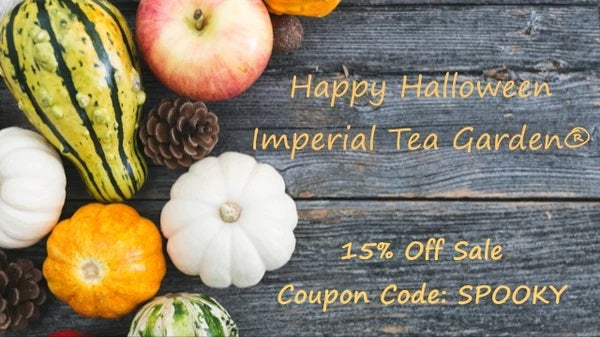How to Brew the Perfect Cup of Tea
How to Brew the Perfect Cup of Tea
In our last post, we outlined the process for How to Brew Loose Leaf Tea. In a constant battle for ease and quality, we continue our quest for teaching the best methods and practices for brewing a perfect cup of tea. We cannot stress enough the importance of first choosing the best loose leaf tea that fits your needs and tastes. Whether you enjoy a strong cup of black tea, the health benefits of green tea, or a caffeine free herbal tea, preparation is key. Poor brewing techniques destroy flavor!
Let's back up a step and learn the important characteristics in a perfect cup of tea. After all, without direction - we could aimlessly end up on an erratic journey paying hundreds of times more for a cup tea at local coffee/tea shops that con the masses into believing their product is superior and warrants the high price. Marketing techniques often misguide us into believing commercial brands are the right choice.
People often throw back an exquisite Darjeeling black tea without noticing the complex layers of flavor that took years in the making. From this day forward, however, understanding the complexity of loose leaf tea will no longer be a mystery. Although subjective due to personal choice, the three characteristics to be achieved when brewing the perfect cup of tea are:
- Aroma - This is one area where the bean exceeds! Coffee is by far more aromatic than tea. Nonetheless, many loose leaf teas have an aromatic profile worth discovering. Fresh hot tea vapors arouse the senses and add to the overall pleasure. Tea that has been left out begins to taste flat, so tea should be consumed immediately after being prepared for highest satisfaction.
- Body - By far the most important factor when determining which loose leaf teas you choose. Loose leaf tea has a much broader spectrum to choose from. Black tea can range from robust and malty to smooth and floral. Click this link for a full list of tea terminology dry leaf, liquor and infused tea leaves. Body is used to describe the fullness of a tea. Many white teas are not full body teas yet very desirable due to the mild sweetness associated with them.
- Finish - A lasting finish can be pleasant. Most coffee and tea drinkers do not mind a bit of astringency on the finish. Overly bitter teas can be minimized by reducing the amount of caffeine and tannins that are in each cup. Loose leaf tea is more than bitter or sweet. Floral, etheral, malty, grassy, herbaceous, vegetal and pungent are all descriptions used to describe how hot tea awakens our senses and in our experience all have negative or positive conotations depending on your tastes or more specifically taste buds.
Some loose teas inherently contain more caffeine and tannin. These are the two most important elements to understand that can adversely affect the flavor of your cup of tea. A bit of astringency is good but over steeping can quickly make for a bitter cup of tea. If the water temperature is too hot then over saturation of these bitter elements consume the entire cup. Other teas have a lot more body due to the mineral rich soils they are grown in can provide an abundance of tannin. Yet others are a complex combination of these properties and often a rarity and highly sought after experience in the tea community.
The temperature of the water and the first steep is where things can go horribly wrong for most loose leaf tea novices. Quality loose leaf teas are capable of being steeped multiple times and will produce different results based on the water temperature and length of steep time. Always use water that is between 180° - 200° F
The first infusion is always most important because everything that is water soluble is quickly brought to the foreground. This is especially true with green tea and smaller BOP grade black teas. Caffeine is a major contributor because 95% is consumed in the first cup brewed. One technique that is not often practiced but yields spectacular results is rinsing the tea leaves. Pouring hot water over the loose tea leaves and quickly pouring off the water and discarding the brew. Rinsing the tea leaves cleanses the finished cup of smaller particles and opens the tea leaves for the all important first steep. This process reduces the amount of quick release tannin and caffeine.
For example during the first infusion we might extract a lot of aromatic elements of a tea. The second infusion might release the chemicals that form the body of the tea and the third infusion may target the finish. The results from varying the infusion process of time and temperature affects the overall flavor.
We are all practitioners with different levels of ability and with a bit of trial and error - experience will prevail.
"the tea does not judges itself - People judge the tea" Huo Yuanjia (Fearless)
to be continued...
Leave a comment
Comments will be approved before showing up.




Imperial Tea Garden
Author